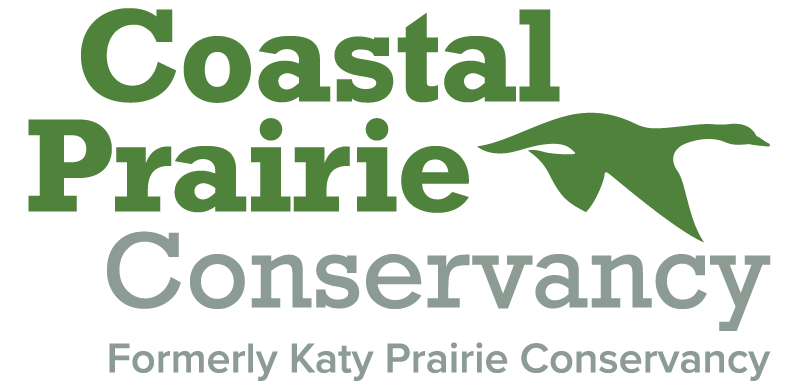State of the Species: American Kestrel (Falco sparverius)
Written by: Andy Goerdel, Guest Contributor
Considered by many to be the most beautiful falcon in North America, American kestrels are found in a large variety of habitats including grasslands on the Katy Prairie, meadows, deserts, and other open to semi-open regions along with urban and suburban locations. This bird's distribution is very wide and encompasses northern Canada and Alaska to the southernmost tip of South America in the Tierra del Fuego region. The American kestrel is the smallest raptor in North America, coming in near the size and weight of a blue jay. Males have striking rufous-colored backs and tails and blue-grey wings, while females have rufous-colored wings with dark brown barring.
Because of its size, the American kestrel hunts smaller prey such as grasshoppers, dragonflies, lizards, mice, voles, and small birds. It uses an energy minimum method in hunting, choosing its prey to increase success and reduce flying by mostly perching to wait for the best opportunities.
Although it has a wide range, its conservation status is being monitored closely. Count data from the USGS Breeding Bird Survey (BBS) indicate that the North American breeding population is experiencing long-term and gradual but sustained declines in some regions. The North American population has been estimated at 1.2 million pairs, with the Central and South American populations comparable to that. It is currently classed as least concern on the IUCN Red List despite large population drops in the SE United States.
In 2012, The Peregrine Fund, a nonprofit conservation organization, launched the American Kestrel Partnership to monitor the health of the species. The partnership maintains a web-based network to enter, manage, and consolidate data that researchers use to model and understand relationships between kestrel nesting parameters and various environmental factors. Loss of habitat is a large contributor to the population decline of American kestrels in the Southeast U.S, but efforts by organizations like the Coastal Prairie Conservancy are working to ensure that ecosystems used for bird habitat and vital nutrients are not destroyed by permanent development.
Are you interested in helping to conserve the American kestrel? The Peregrine Fund’s American Kestrel Project is an excellent way to support this species by participating in the largest kestrel research and conservation program in history. Together we can ensure this beautiful species is conserved forever!

